New energy vehicle rules: China has set 2019 as the first year for automakers to meet new energy vehicle sales targets, with the bar raised to 10% of annual sales that year. That’s two 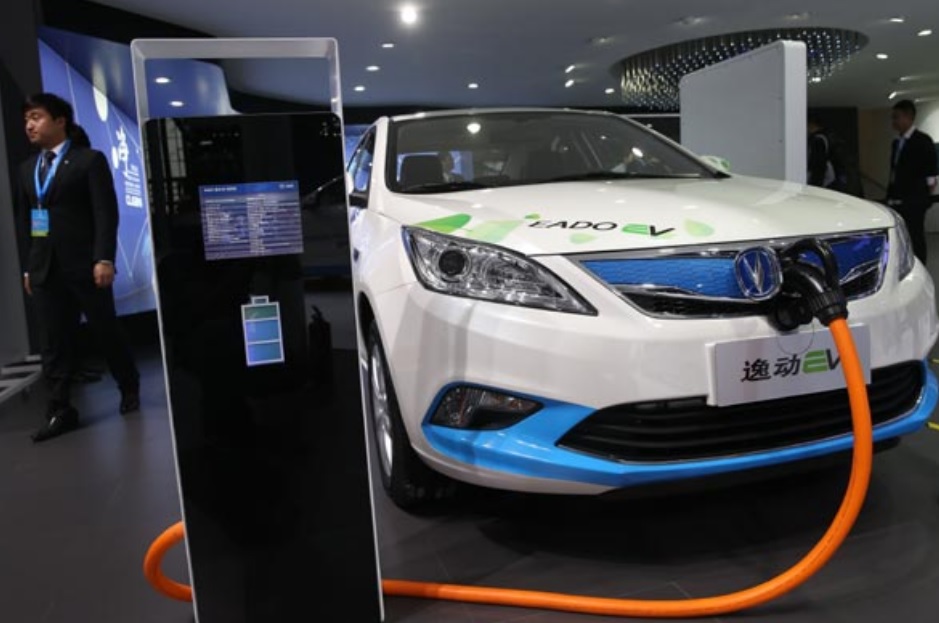 percentage points higher than an earlier proposal for next year, and applies to automakers selling at least 30,000 vehicles in that market. A credit system will be in place for sales of all-electric and plug-in hybrid electric vehicles, which is expected to offer a similar credit trading structure in place with California’s zero emission vehicle program where automakers can trade credits. China’s industry ministry announced the new regulations Thursday, along with news that the level will rise to 12% for 2020. The national government wants to support China’s leading role in EV sales, and to prepare for a long-term ban on fossil-fuel vehicles announced earlier this month. Global automakers this year have been requesting that China soften the mandates for new energy vehicle sales.
percentage points higher than an earlier proposal for next year, and applies to automakers selling at least 30,000 vehicles in that market. A credit system will be in place for sales of all-electric and plug-in hybrid electric vehicles, which is expected to offer a similar credit trading structure in place with California’s zero emission vehicle program where automakers can trade credits. China’s industry ministry announced the new regulations Thursday, along with news that the level will rise to 12% for 2020. The national government wants to support China’s leading role in EV sales, and to prepare for a long-term ban on fossil-fuel vehicles announced earlier this month. Global automakers this year have been requesting that China soften the mandates for new energy vehicle sales.
Electric buses in the UK: BYD electric buses reduced about 900 tons of CO2 pollution in London after a year in service. Operated by Go-Ahead London for Transport for London, the fleet of 51 single decker buses serve Go-Ahead’s Waterloo depot on routes 507 and 521. The electric buses have been manufactured by the BYD ADL electric bus partnership. There are now 157 BYD ADL single deck electric buses in service for London operators. BYD ADL also announced that a ceremony was held this week by Liverpool City Region Bus Alliance to bring in a fleet of 12 BYD ADL Enviro200EV buses. The electric buses will be operated by Arriva Merseyside and begin service later this month on the City Centre Circular Routes 26 and 27, known as The Belt.
New EV joint venture launched: Toyota, Mazda, and Denso will be jointly forming a new  company, EV C.A. Spirit, to develop electric vehicles. New production electric models are expected to come out in 2019 and 2020. Toyota will own 90% of the new company, and Mazda and auto parts supplier Denso will split the remaining 10%. It follows an August announcement by the two Japanese carmakers on joint EV projects and a $1.6 billion investment in a new U.S. plant. Denso is known for making key components used in electrical systems for EVs and inverters for hybrid vehicles. The company is working on an energy efficient air conditioning system for EVs.
company, EV C.A. Spirit, to develop electric vehicles. New production electric models are expected to come out in 2019 and 2020. Toyota will own 90% of the new company, and Mazda and auto parts supplier Denso will split the remaining 10%. It follows an August announcement by the two Japanese carmakers on joint EV projects and a $1.6 billion investment in a new U.S. plant. Denso is known for making key components used in electrical systems for EVs and inverters for hybrid vehicles. The company is working on an energy efficient air conditioning system for EVs.

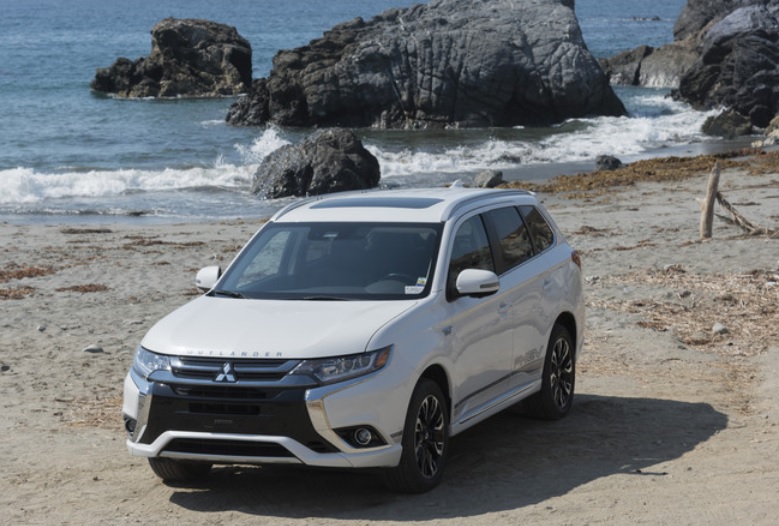 $34,595. The plug-in hybrid SUV has done extremely well in the European market, with the question of when the vehicle would come to America having been asked quite a few times in recent years. The all-wheel drive SUV is powered by a 2.0-liter gasoline engine and two electric motors, and features the company’s Super All-Wheel Control (S-AWC) system. It also comes with DC fast charging capability. Mitsubishi says the commemorative timing is right as the company celebrates its 100-year history, over 50 years of electromobility, and decades of four-wheel drive technology customized on the international rally circuit.
$34,595. The plug-in hybrid SUV has done extremely well in the European market, with the question of when the vehicle would come to America having been asked quite a few times in recent years. The all-wheel drive SUV is powered by a 2.0-liter gasoline engine and two electric motors, and features the company’s Super All-Wheel Control (S-AWC) system. It also comes with DC fast charging capability. Mitsubishi says the commemorative timing is right as the company celebrates its 100-year history, over 50 years of electromobility, and decades of four-wheel drive technology customized on the international rally circuit. abroad in the required credits that come from either blending 10% ethanol into gasoline or buying credits from ethanol producers. Carl Icahn, who heads up refiner CVR Energy, has been pushing hard for changing the rules. He recently stepped down from is advisory role to the Trump administration after a wave of heavy criticism. His company, along with other major players like Valero Energy Corp., would be saving quite a bit in RFS credits that would no longer need to be purchased. Trump had backed the RFS and continuation of it in its present form while running for president; now he seems to be leaning toward the oil industry’s desired outcome. Biofuels advocate U.S. Senator Chuck Grassley (R-Iowa)
abroad in the required credits that come from either blending 10% ethanol into gasoline or buying credits from ethanol producers. Carl Icahn, who heads up refiner CVR Energy, has been pushing hard for changing the rules. He recently stepped down from is advisory role to the Trump administration after a wave of heavy criticism. His company, along with other major players like Valero Energy Corp., would be saving quite a bit in RFS credits that would no longer need to be purchased. Trump had backed the RFS and continuation of it in its present form while running for president; now he seems to be leaning toward the oil industry’s desired outcome. Biofuels advocate U.S. Senator Chuck Grassley (R-Iowa) 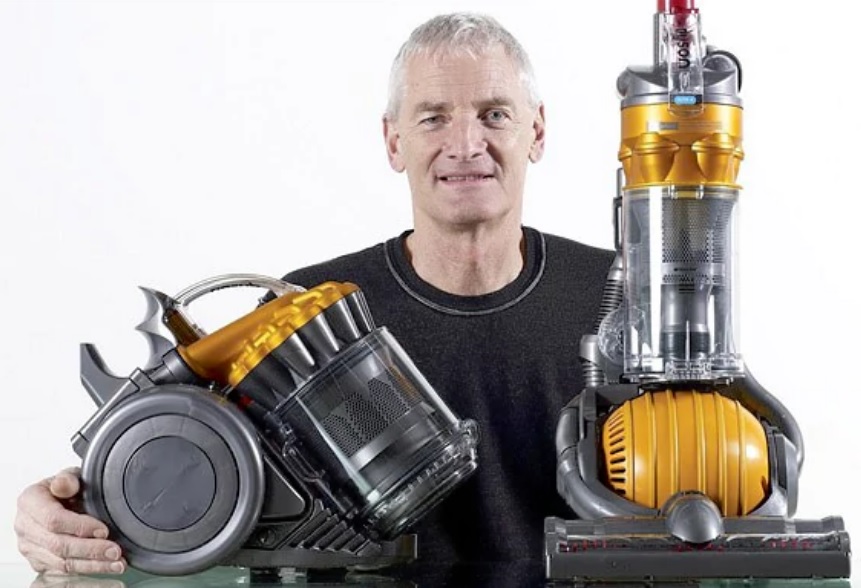 investing about $2.7 billion in solid-state battery technology and designing the EV. It will be put together by a team of more than 400 employees, said founder James Dyson. It won’t be an affordable Tesla Model 3, Chevy Bolt, and Nissan Leaf competitor. Dyson said it will be an expensive car, and those interested will have to “wait and see” what it’s going to look like. Rumors have been floating about the company getting into the EV race for a few years now, which was clarified last year in a government document filing. The company’s sales have grown in recent years as it expanded its presence in Asia. That will be a big part of its EV launch. “We see a very large market for this car in the far east,” Dyson said.
investing about $2.7 billion in solid-state battery technology and designing the EV. It will be put together by a team of more than 400 employees, said founder James Dyson. It won’t be an affordable Tesla Model 3, Chevy Bolt, and Nissan Leaf competitor. Dyson said it will be an expensive car, and those interested will have to “wait and see” what it’s going to look like. Rumors have been floating about the company getting into the EV race for a few years now, which was clarified last year in a government document filing. The company’s sales have grown in recent years as it expanded its presence in Asia. That will be a big part of its EV launch. “We see a very large market for this car in the far east,” Dyson said.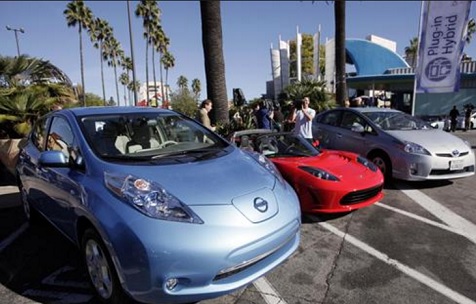 exploring barring the sale of vehicles in California with internal combustion engines. The earliest ban would be a decade away and ties into the state’s campaign to battle climate change. The move would send shockwaves to automakers, which have already been working on meeting the state’s zero emission vehicle mandates in the world’s largest auto market. A more pressing issue for California has been how the Trump administration will be ruling on the fuel economy and emissions standards, and if California’s ZEV guidelines will be included.
exploring barring the sale of vehicles in California with internal combustion engines. The earliest ban would be a decade away and ties into the state’s campaign to battle climate change. The move would send shockwaves to automakers, which have already been working on meeting the state’s zero emission vehicle mandates in the world’s largest auto market. A more pressing issue for California has been how the Trump administration will be ruling on the fuel economy and emissions standards, and if California’s ZEV guidelines will be included.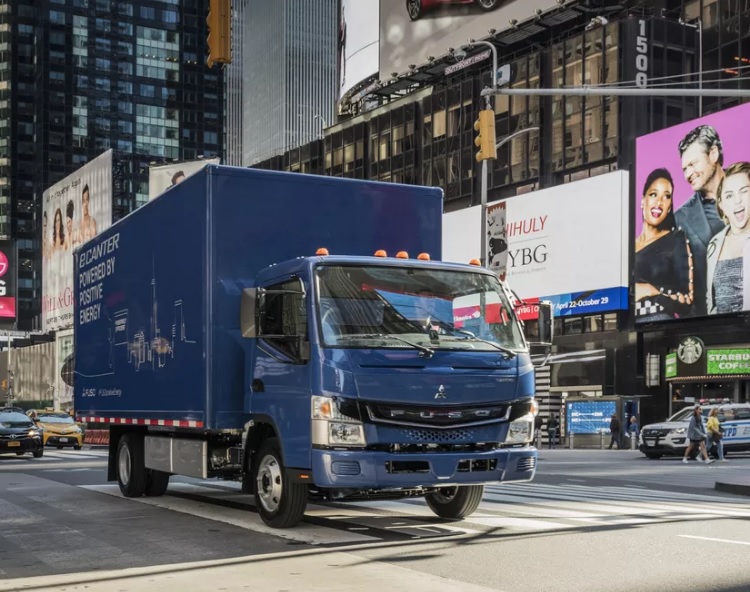 Show in Atlanta on Monday, the two companies announced they’ll be jointly developing an electric medium-duty truck for the North American market. It will roll out as soon as 2019. These two companies forged an alliance earlier this year with VW investing $256 million for a 17% stake in Navistar. During a separate presentation,
Show in Atlanta on Monday, the two companies announced they’ll be jointly developing an electric medium-duty truck for the North American market. It will roll out as soon as 2019. These two companies forged an alliance earlier this year with VW investing $256 million for a 17% stake in Navistar. During a separate presentation, 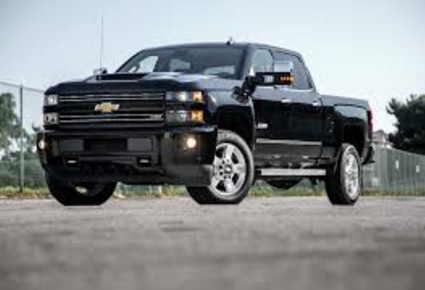 Ram 2500. All three pickups were equipped with four-door crew-cab bodies, turbodiesel engines, and four-wheel drive. While being more efficient than they were years ago, they only achieved 14-15 mpg, which was 1-2 mpg less than their gasoline-powered light-duty counterparts. Contractors and other truck buyers rely on these heavy pickups to buy hundreds of thousands of them per year. The consumer publication wants buyers to be adequately informed.
Ram 2500. All three pickups were equipped with four-door crew-cab bodies, turbodiesel engines, and four-wheel drive. While being more efficient than they were years ago, they only achieved 14-15 mpg, which was 1-2 mpg less than their gasoline-powered light-duty counterparts. Contractors and other truck buyers rely on these heavy pickups to buy hundreds of thousands of them per year. The consumer publication wants buyers to be adequately informed. dialogue on the midterm review and beyond. Former EPA official Margo Oge sees Ford, a longtime environmental advocate, well suited to help California, the federal government, and automakers negotiate any flexibility needed through 2025 and to set a road map for 2030. Automakers had been able to have the Trump administration reopen the 2022-2025 midterm review after it had been approved right before the end of the Obama administration. The former EPA official sees it as a win-win for Ford’s stock price and for resolving a difficult issue. “I believe if he does that, we will see the investor community respond with a stock price increase in Ford because investors are looking for companies that are not behaving like the traditional OEMs with competition from Silicon Valley, Tesla and China,” Oge said.
dialogue on the midterm review and beyond. Former EPA official Margo Oge sees Ford, a longtime environmental advocate, well suited to help California, the federal government, and automakers negotiate any flexibility needed through 2025 and to set a road map for 2030. Automakers had been able to have the Trump administration reopen the 2022-2025 midterm review after it had been approved right before the end of the Obama administration. The former EPA official sees it as a win-win for Ford’s stock price and for resolving a difficult issue. “I believe if he does that, we will see the investor community respond with a stock price increase in Ford because investors are looking for companies that are not behaving like the traditional OEMs with competition from Silicon Valley, Tesla and China,” Oge said.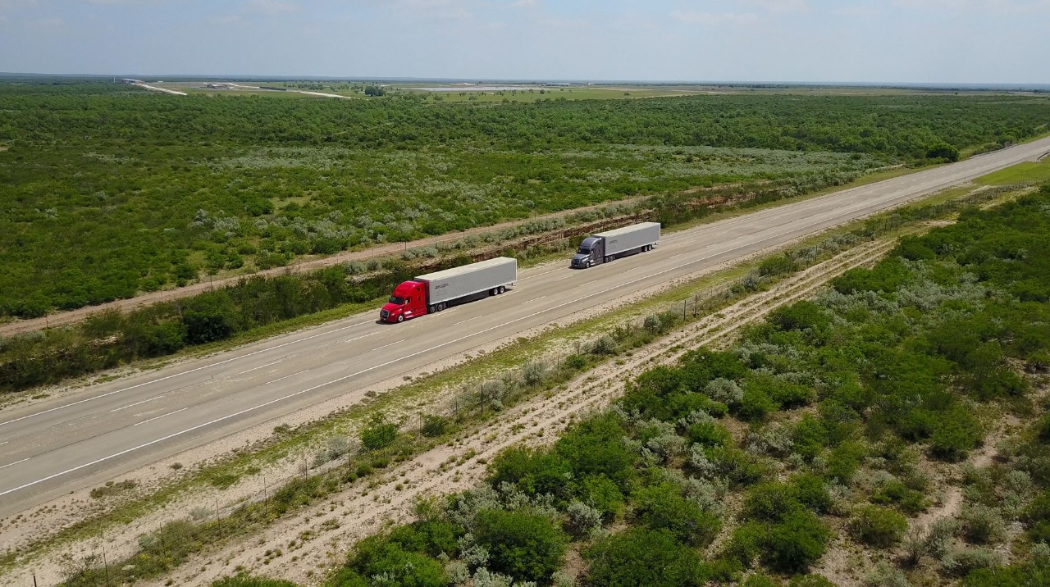 two trucks travel in tandem at distances closer than what is possible under normal driving conditions; as you can see in the photo. Daimler Truck engineers are overseeing a pilot project on Oregon and Nevada highways in cooperation with state officials. The company is also testing braking on a closed track at its High Desert Proving Grounds in Madras, Ore. Daimler Trucks is getting ready for a fleet trial early next year. “Platooning holds the potential to offer significant fuel economy advantages, while assisting drivers,” said Roger Nielsen, president and CEO, DTNA. “To be sure, the platooning technology is not meant to replace drivers – it’s designed to help drivers.”
two trucks travel in tandem at distances closer than what is possible under normal driving conditions; as you can see in the photo. Daimler Truck engineers are overseeing a pilot project on Oregon and Nevada highways in cooperation with state officials. The company is also testing braking on a closed track at its High Desert Proving Grounds in Madras, Ore. Daimler Trucks is getting ready for a fleet trial early next year. “Platooning holds the potential to offer significant fuel economy advantages, while assisting drivers,” said Roger Nielsen, president and CEO, DTNA. “To be sure, the platooning technology is not meant to replace drivers – it’s designed to help drivers.” committed to meeting the “EV100” campaign. Member companies will be transitioning from gasoline and diesel vehicles to EVs and a charging infrastructure by 2030. These companies will set out timetables for rolling over their fleets. They’re convinced it will help drive EV adoption, reduce costs, and make electric cars more affordable in markets around the world. It follows two other initiatives led non-profit organization The Climate Group – RE100, which seeks to accelerate the adoption of 100% renewable energy targets; and EP100, which aims to increase the number of companies doubling their energy productivity.
committed to meeting the “EV100” campaign. Member companies will be transitioning from gasoline and diesel vehicles to EVs and a charging infrastructure by 2030. These companies will set out timetables for rolling over their fleets. They’re convinced it will help drive EV adoption, reduce costs, and make electric cars more affordable in markets around the world. It follows two other initiatives led non-profit organization The Climate Group – RE100, which seeks to accelerate the adoption of 100% renewable energy targets; and EP100, which aims to increase the number of companies doubling their energy productivity.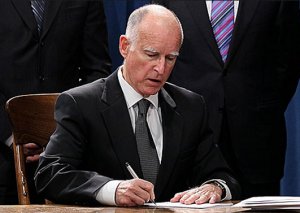 Project specifically targeted to low-income applicants, and $100 million will go to light-duty equity pilot projects. About $180 million will go to the state’s Hybrid and Zero-Emission Truck and Bus Voucher Incentive Project (HVIP). That program offers incentive dollars for the purchase of electric and fuel cell vehicles and ultra low-NOx natural gas technologies. Another $250 million is being directed to the state’s air quality management and air pollution control districts through the Carl Moyer Memorial Air Quality Standards Attainment Program. That state program started in 1998 and is aimed at helping fleets and individuals switch over to clean trucks, school buses, transit buses, and other vehicles.
Project specifically targeted to low-income applicants, and $100 million will go to light-duty equity pilot projects. About $180 million will go to the state’s Hybrid and Zero-Emission Truck and Bus Voucher Incentive Project (HVIP). That program offers incentive dollars for the purchase of electric and fuel cell vehicles and ultra low-NOx natural gas technologies. Another $250 million is being directed to the state’s air quality management and air pollution control districts through the Carl Moyer Memorial Air Quality Standards Attainment Program. That state program started in 1998 and is aimed at helping fleets and individuals switch over to clean trucks, school buses, transit buses, and other vehicles.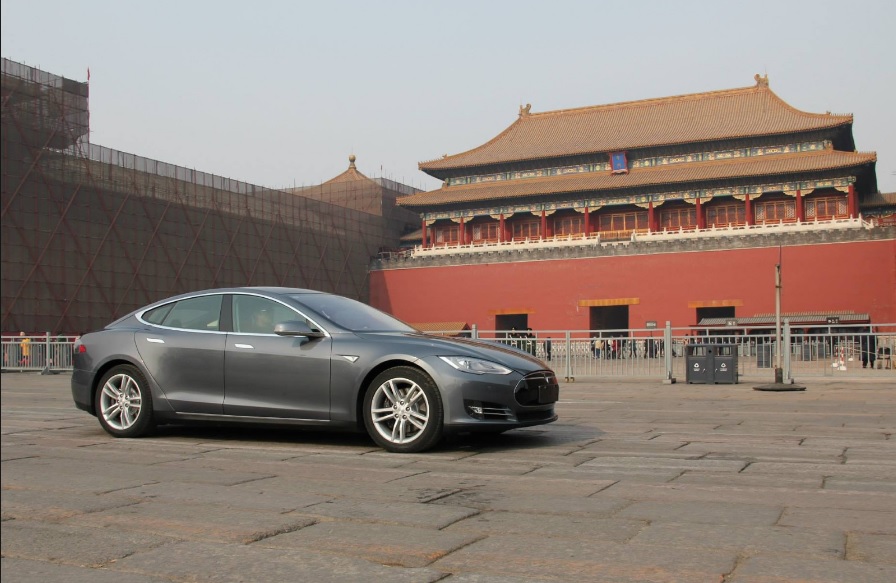 without having to forge a joint venture with a Chinese automaker. That will lower costs for companies like Tesla that have to pay steep tariffs to import their cars into China, and which choose to run their own factories similar to how they do it overseas. Foreign automakers will be able to go into free-trade zones to establish their factories. The country has 12 free-trade zones in Shanghai, Fujian, Guangdong, and Zhejiang. China will “actively implement the opening up of the new-energy manufacturing sector to foreigners, together with other departments under the direction of the State Council,” the nation’s Ministry of Commerce told Bloomberg. Other carmakers like General Motors, Ford, and Volkswagen, are tapping into JVs with Chinese makers to set up EV manufacturing subsidiaries.
without having to forge a joint venture with a Chinese automaker. That will lower costs for companies like Tesla that have to pay steep tariffs to import their cars into China, and which choose to run their own factories similar to how they do it overseas. Foreign automakers will be able to go into free-trade zones to establish their factories. The country has 12 free-trade zones in Shanghai, Fujian, Guangdong, and Zhejiang. China will “actively implement the opening up of the new-energy manufacturing sector to foreigners, together with other departments under the direction of the State Council,” the nation’s Ministry of Commerce told Bloomberg. Other carmakers like General Motors, Ford, and Volkswagen, are tapping into JVs with Chinese makers to set up EV manufacturing subsidiaries.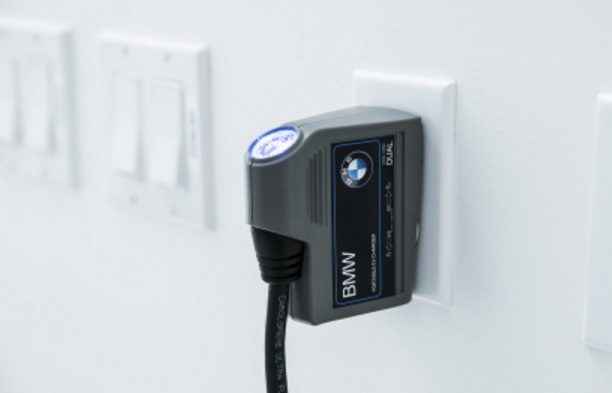 convenient 20 ft. charging cord. That brings 120-volt and 240-volt charging to BMW and Mini electric cars. The TurboCord charger can be purchased with the EV at all North American BMW and Mini dealerships and online. It also integrates state-of-the-art safety features such as unit and plug temperature monitoring, automatic shut-off and a rugged, being waterproof, and submersible enclosure (NEMA 6p) that enables users to safely and reliably charge anywhere indoor and outdoor.
convenient 20 ft. charging cord. That brings 120-volt and 240-volt charging to BMW and Mini electric cars. The TurboCord charger can be purchased with the EV at all North American BMW and Mini dealerships and online. It also integrates state-of-the-art safety features such as unit and plug temperature monitoring, automatic shut-off and a rugged, being waterproof, and submersible enclosure (NEMA 6p) that enables users to safely and reliably charge anywhere indoor and outdoor.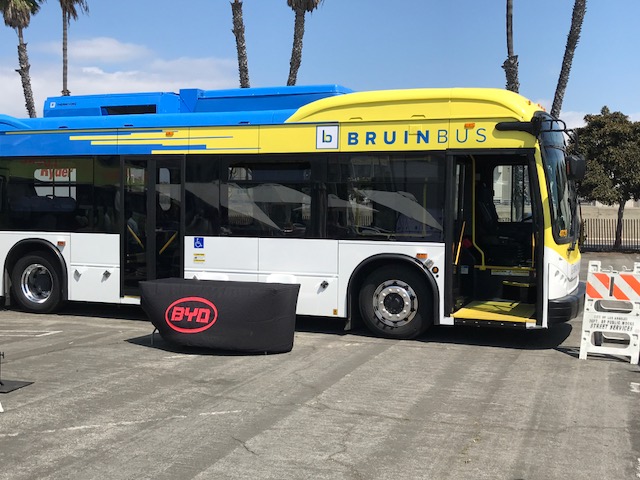 accreditation program. Resources regional fleets are tapping into for clean vehicles and fuels were discussed in the next panel by Craig VanItem, fleet maintenance supervisor at City of Santa Monica, Vartan Yegiyan, police administrator II and assistant commanding officer at Los Angeles Police Department, Laura Renger, principal manager of air and climate at Southern California Edison, and Mike Bolin, senior account executive at SoCalGas. Issues discussed included finding the real cost of ownership for EVs in fleets; the “chicken or the egg” debate over what needs to be prioritized first – clean vehicles of the charging and fueling infrastructure; SCE’s $450 Clean Fuel Rewards Program; and SoCalGas on how landfills and waste are being converted into renewable natural gas. Marco Anderson, senior regional planner at Southern California Association of Governments, led an afternoon panel on EV charging at multi-unit dwellings and workplaces. The Santa Monica event hosted a wide range of vehicles on Friday and Saturday, including the new Nissan Leaf and improved Rogue Hybrid; a BYD electric bus customized for UCLA events; the Chevy Bolt; the Kia Optima and Nero plug-in hybrids and Soul electric; an RNG-powered commercial truck with 400 horsepower; the Toyota Mirai and Prius Prime; the Honda Clarity in its three variations – fuel cell, electric, and plug-in hybrid; and the Karma Revero plug-in hybrid sports car. AltCar Expo was tied into National Drive Electric Week, as the event provides a great opportunity to test drive and check out the latest in plug-in vehicle offerings.
accreditation program. Resources regional fleets are tapping into for clean vehicles and fuels were discussed in the next panel by Craig VanItem, fleet maintenance supervisor at City of Santa Monica, Vartan Yegiyan, police administrator II and assistant commanding officer at Los Angeles Police Department, Laura Renger, principal manager of air and climate at Southern California Edison, and Mike Bolin, senior account executive at SoCalGas. Issues discussed included finding the real cost of ownership for EVs in fleets; the “chicken or the egg” debate over what needs to be prioritized first – clean vehicles of the charging and fueling infrastructure; SCE’s $450 Clean Fuel Rewards Program; and SoCalGas on how landfills and waste are being converted into renewable natural gas. Marco Anderson, senior regional planner at Southern California Association of Governments, led an afternoon panel on EV charging at multi-unit dwellings and workplaces. The Santa Monica event hosted a wide range of vehicles on Friday and Saturday, including the new Nissan Leaf and improved Rogue Hybrid; a BYD electric bus customized for UCLA events; the Chevy Bolt; the Kia Optima and Nero plug-in hybrids and Soul electric; an RNG-powered commercial truck with 400 horsepower; the Toyota Mirai and Prius Prime; the Honda Clarity in its three variations – fuel cell, electric, and plug-in hybrid; and the Karma Revero plug-in hybrid sports car. AltCar Expo was tied into National Drive Electric Week, as the event provides a great opportunity to test drive and check out the latest in plug-in vehicle offerings.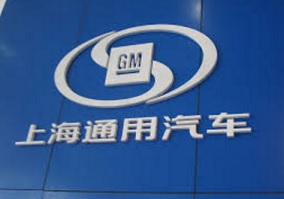 already placed in that market over the past year – the Cadillac CT6 and Buick Velite 5 plug-in hybrids and the Baojun E100 all-electric vehicle. Barra explained how it will be part of a larger move bring together autonomous vehicles, connectivity, and shared mobility services. The Chinese government is taking very seriously the need to address fast-growing cities with air pollution, traffic congestion, and safety. By 2025, nearly all of the Buick, Cadillac, and Chevrolet will have an electrified version. GM’s joint venture company with Chinese automaker SAIC Motor, called SAIC-GM, will be opening a new battery assembly plant in Shanghai sometime this year to support the electrification strategy.
already placed in that market over the past year – the Cadillac CT6 and Buick Velite 5 plug-in hybrids and the Baojun E100 all-electric vehicle. Barra explained how it will be part of a larger move bring together autonomous vehicles, connectivity, and shared mobility services. The Chinese government is taking very seriously the need to address fast-growing cities with air pollution, traffic congestion, and safety. By 2025, nearly all of the Buick, Cadillac, and Chevrolet will have an electrified version. GM’s joint venture company with Chinese automaker SAIC Motor, called SAIC-GM, will be opening a new battery assembly plant in Shanghai sometime this year to support the electrification strategy. hybrid, and hybrid vehicles. The company currently offers one hybrid vehicle, a version of its Mazda3, and has focused on its fuel efficient Skyactiv system in gasoline engines. Electric powertrain technologies are being developed and may be deployed in Mazda vehicles starting in 2019. At that time, the company plans to reveal a very efficient gasoline engine that be used in plug-in hybrid models. Mazda previously forged an alliance with Toyota to develop electrified technology.
hybrid, and hybrid vehicles. The company currently offers one hybrid vehicle, a version of its Mazda3, and has focused on its fuel efficient Skyactiv system in gasoline engines. Electric powertrain technologies are being developed and may be deployed in Mazda vehicles starting in 2019. At that time, the company plans to reveal a very efficient gasoline engine that be used in plug-in hybrid models. Mazda previously forged an alliance with Toyota to develop electrified technology. introduced into the European market with no word yet on whether it will show up in the U.S. It will have an on-board advanced Honda Automated Network Assistant acts as a personal concierge, which learns from the driver by detecting emotions behind their judgments for future recommendations. Honda’s Power Manager Concept, also revealed in Frankfurt, can store and manage energy between the grid, the electric car, and homes. The Urban EV Concept will come out in the near future. “This is not some vision of the distant future; a production version of this car will be here in Europe in 2019,” Honda Motor Co. President and CEO, Takahiro Hachigo.
introduced into the European market with no word yet on whether it will show up in the U.S. It will have an on-board advanced Honda Automated Network Assistant acts as a personal concierge, which learns from the driver by detecting emotions behind their judgments for future recommendations. Honda’s Power Manager Concept, also revealed in Frankfurt, can store and manage energy between the grid, the electric car, and homes. The Urban EV Concept will come out in the near future. “This is not some vision of the distant future; a production version of this car will be here in Europe in 2019,” Honda Motor Co. President and CEO, Takahiro Hachigo.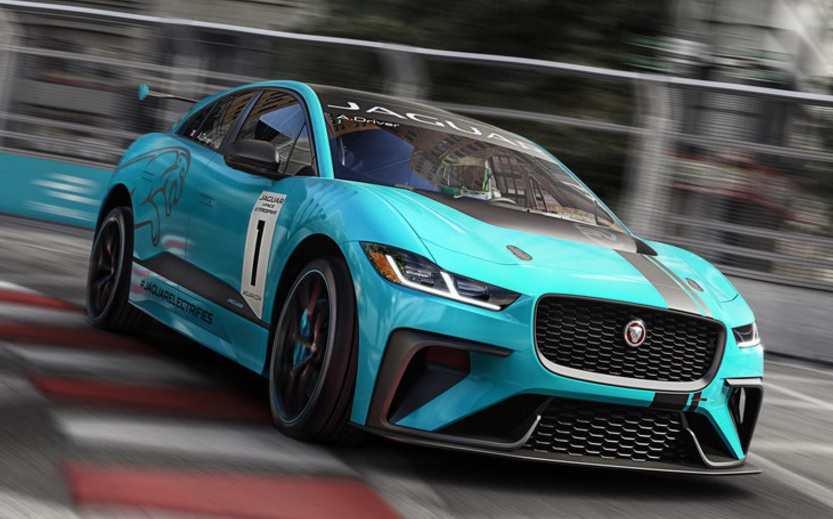 race to the FIA Formula E Championship
race to the FIA Formula E Championship